Last updated on August 7th, 2022 at 10:07 am
- Impressive range
- Quick charging
- Very good looking
- Likely to be expensive
- Restricted rear visibility
- Not available yet
Range (WLTP): Up to 379 miles Top Speed: TBC 0 to 62: 5.1 sec Cost/Mile (@29p/kWh): 5.9p
Introduction
Times have changed. We now look forward to new Hyundai Motor Group cars with a strong sense of anticipation, because they are starting to lead the world.
The IONIQ 6 is the second E-GMP all-electric Hyundai to join the range, and it'll be rolling off the production line by the end of 2022 or early 2023 at the latest. The sooner the better.
Following on from Hyundai’s excellent compact crossover, the IONIQ 5, it hopes to live up to its sibling’s burgeoning reputation. The 5 has already earned rave reviews for its design, equipment levels, range, and performance.
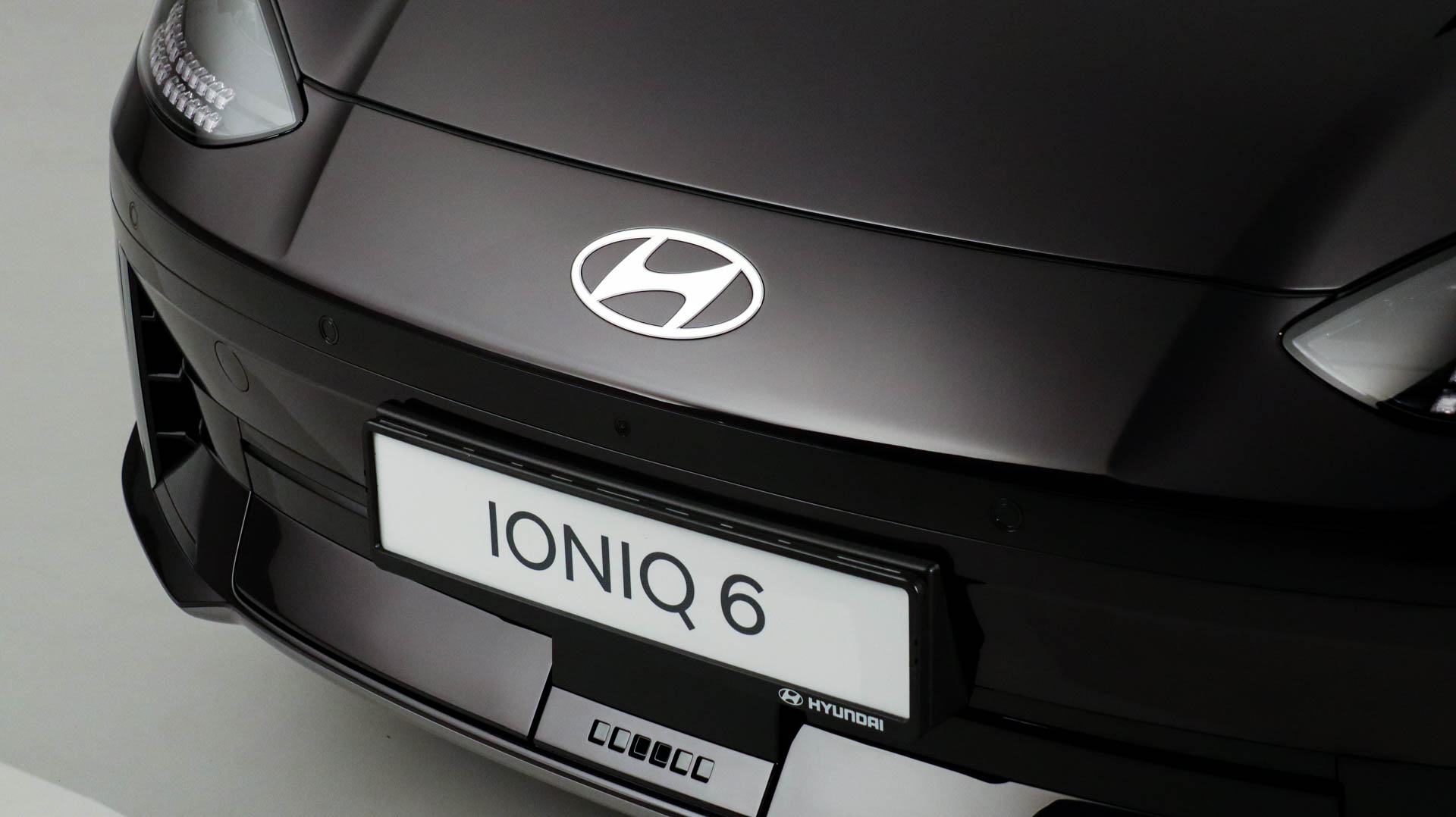
Its full name is the IONIQ 6 Electrified Streamliner. While the moniker may have been inspired by Boeing’s 787 Dreamliner aircraft, the ‘streamliner’ term is a nod to the car’s impeccable aerodynamic efficiency.
With a coefficient of just 0.21, the 6 is just shy of the 0.209 held by the Mercedes EQS, currently the most aerodynamically efficient production car in the world. It’s around the same as the Tesla Model 3.
According to Hyundai, everything about the IONIQ 6 has been designed with efficiency in mind, including the sustainable materials it’s made from.
Based on the E-GMP platform, it has a long 2,950mm wheelbase, with the total length measuring 4,855m, meaning it’s just 24mm shorter than a Range Rover Sport.
Exact equipment levels are yet to be confirmed, but we know it will come with 18in and 20in alloys, depending on which trim you choose. Plus, there are pixel LED lights throughout and dual-colour ambient interior lighting.
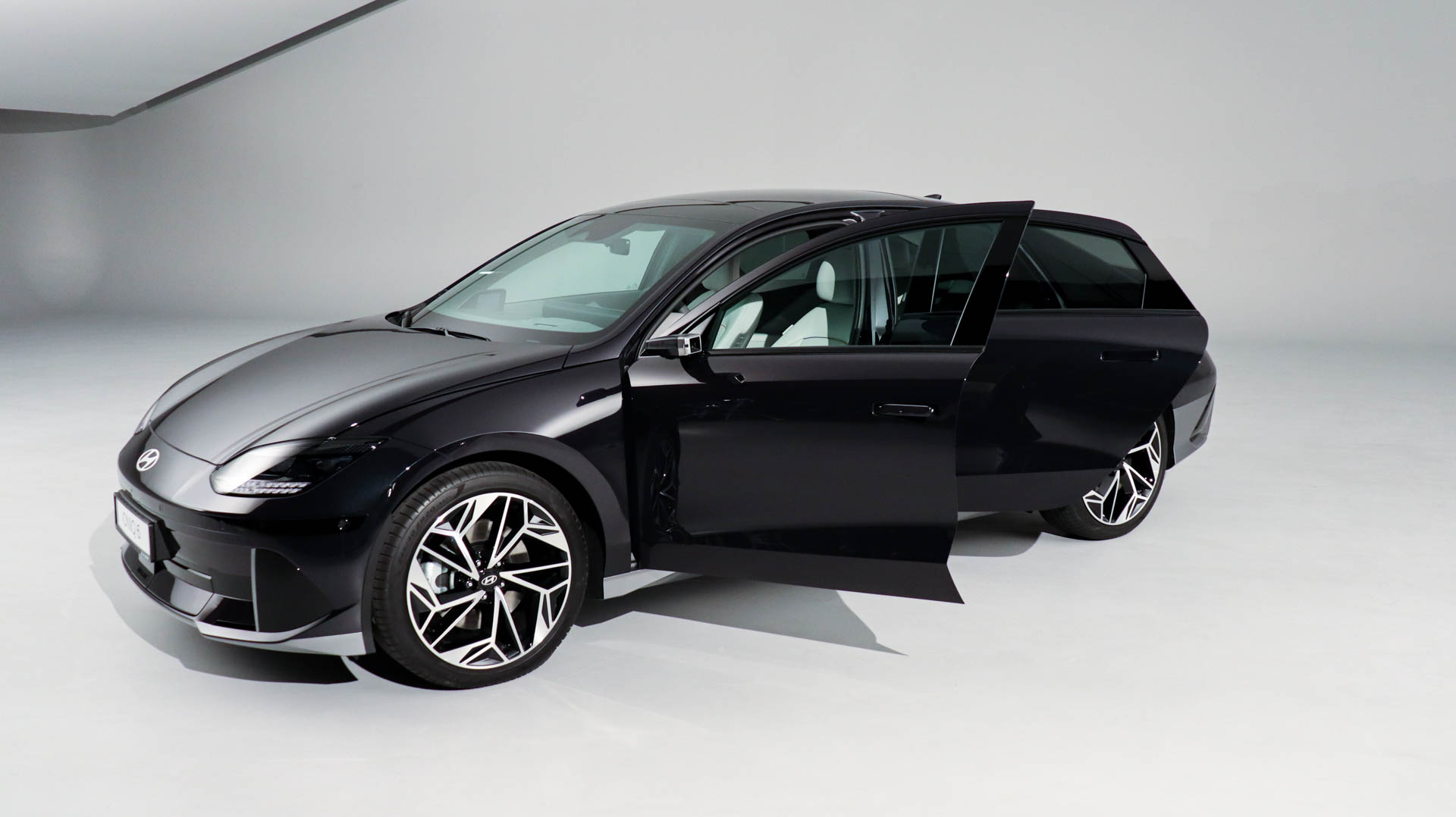
The IONIQ 6’s interior is like the 5. It includes rear parking sensors, a powered tailgate, a rear-view camera, Bose speaker system, a head-up display and leather seats. However, unlike the 5, the centre console isn't slidable in the IONIQ 6.
Some of these features are only available on higher trims, but that gives a flavour of what to expect when the car goes into mass production.
The IONIQ 6 comes with two battery sizes and a single motor rear-wheel drive or dual-motor all-wheel drive. The latter produces 321hp, getting from 0-62mph in 5.1-seconds, which is even quicker than BMW’s i4 eDrive40, although still a little behind the Tesla Model 3 Long Range
We don't know the power output for the single-motor variant yet, and we’re not even sure this variant will come to the UK. But the IONIQ 5’s lower-powered version produces 225hp, so expect this or similar on the 6.
Price and Options
Prices are yet to be confirmed, but £40,000 to £50,000 is a realistic ballpark.
Of course, we can expect various editions to be offered, influencing the price. This will likely be heavily determined by whether you pick the rear-wheel drive or all-wheel drive version, as the latter means you're paying for two motors rather than one.
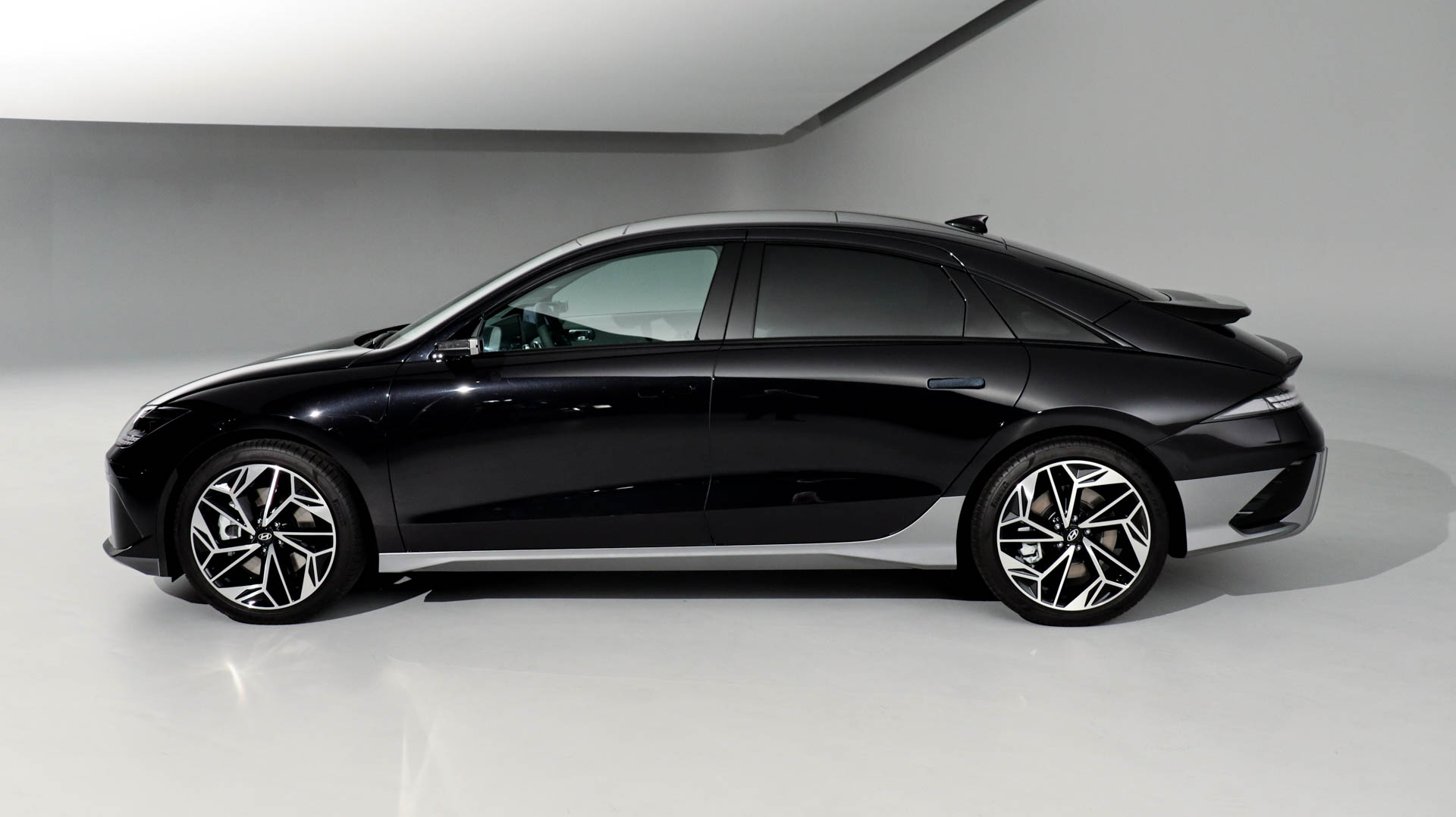
We know it will be available with a dozen exterior colours. These include a choice of matte green, gold or grey paint, with a pearl finish offered in green, white, black and two different shades of blue. Silver, grey, red or blue metallic will also be offered.
There are four interior colour combinations to choose from, including dark and light grey, dark olive green and light grey, black with pale brown, and all-black.
A complete options list isn’t yet confirmed. Still, the aerodynamic, thin, digital door mirrors will be offered as an added extra. These replace conventional mirrors with cameras, displaying their images on two screens in the cockpit. Relaxation Comfort seats will also be available for an extra charge.
Exterior Design
The car's shape was inspired by Hyundai's Prophecy Concept car. It looked like a futuristic four-door Porsche 911, even featuring the classic stick-out rear wing at the back.
While the IONIQ 6 retains the same basic shape and still resembles the 911 from some angles, it features straighter lines than the original concept. So, from other angles, it looks more like a Mercedes-Benz CLS.
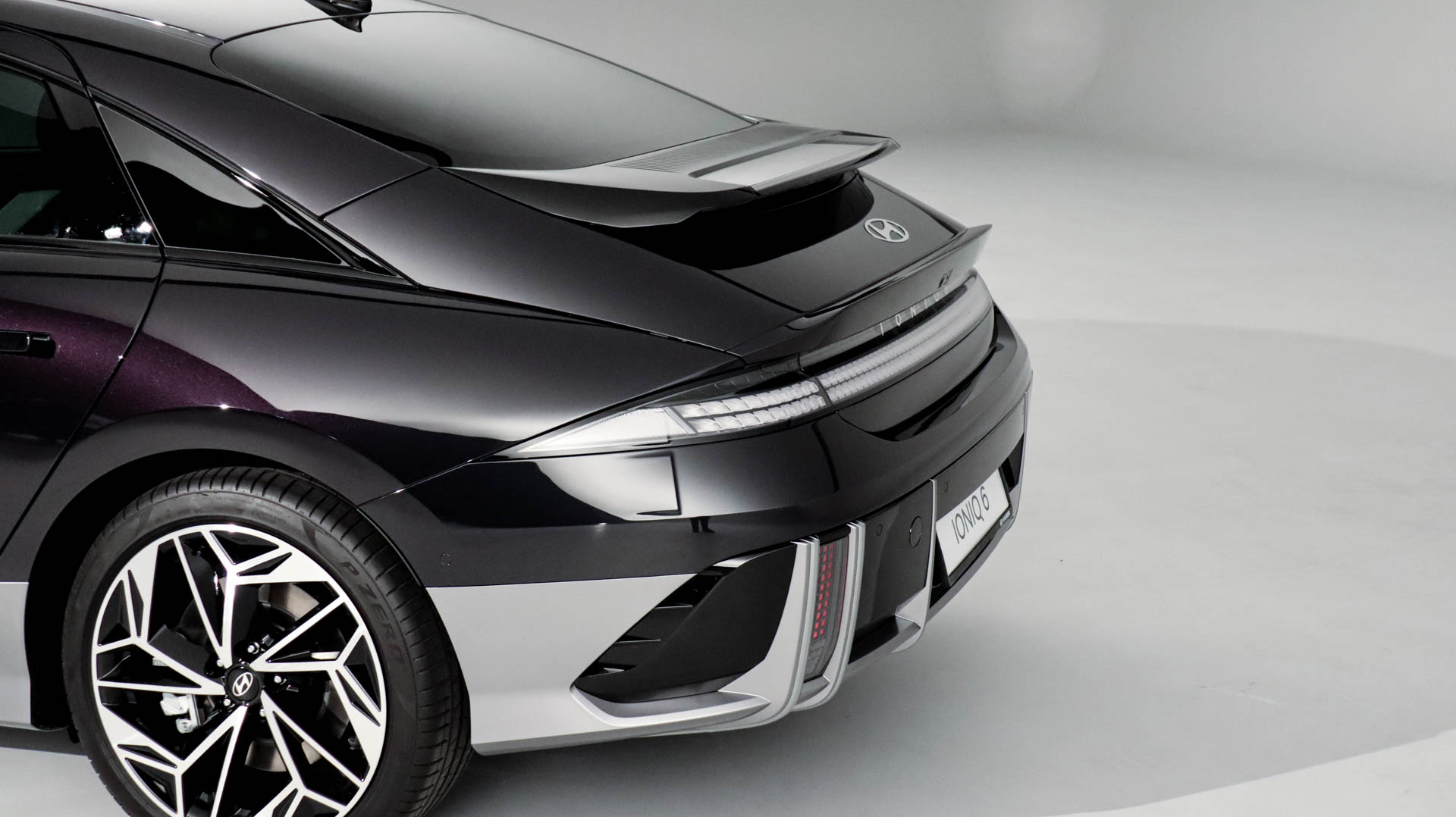
Indeed, in the flesh, the large design of the vehicle means it probably more resembles the latter than the former, certainly from the sides.
But to look like either car is no bad thing, and this will undoubtedly warrant a second glance from passers-by when it hits the road. The ability to be a head-turner is no longer just the privilege of luxury brands and supercars.
The front features a drooping bonnet and low nose, which aids the aerodynamics, helped further by active air flaps and the optional digital side mirrors.
The sides are curved in a rainbow-cum-armadillo shape, with a significant crease in the lower part of the doors, which feature flush, pop-out handles.
At the rear, the roofline sweeps down, and the double-spoiler effect generated by an actual rear wing and the sculpted shape of the boot-lid beneath it give it that 911-inspired look.
It is complemented by a light bar, which spans the entire width of the rear end, while the back of the rear wing itself also lights up horizontally when the brakes are applied.
Interior Comfort
The interior looks stunning – and is about as futuristic as you can imagine.
It is made from sustainable materials, and while leather isn't vegan-friendly, the process of making the hide in the IONIQ 6 was environmentally conscious.
Meanwhile, many features on the dashboard and headliner are biofriendly. The cabin even includes paint derived from vegetable oils and carpets made from recycled fishing nets (thankfully without the smell).
The interior was designed in conjunction with the exterior shape to make it as seamless and spacious as possible.
Naturally, given the vehicle's length, Hyundai didn't need to do much to make it roomy, but if you’re tall, you won't find cause for complaint.
There is plenty of space in the front and back, while the flat floor in the rear means there's ample opportunity to stretch your legs out.
The optional Relaxation Comfort front seats adjust the angle to promote a more leisurely experience. Meanwhile, all the seats in the IONIQ 6 are around a third thinner than in most cars, providing even more space.
Five USB ports are offered, four of which are the newer type-C ports. Two of the latter are in the rear, beneath air vents that are placed centrally, unlike the IONIQ 5, which situates these on the B-pillars.
Storage and Load Carrying
This isn’t a hatchback, but the powered boot reveals a sizeable amount of space (although we don’t yet know how much), with a small compartment under the boot floor. Two catches release the rear seats, which can then be pushed forward from the rear doors to create a long space, enough for sizeable luggage items.
There’s a frunk under the bonnet, too, which in the dual-motor car we looked at was tiny, but judging by other E-GMP cars will be larger in the RWD-only versions.
A Start/Stop button turns the IONIQ 6’s systems on, and then a knob protruding from the steering wheel column selects drive, reverse and neutral, with a button on the end for park. This is a departure from the usual central console knob on Hyundai electric cars.
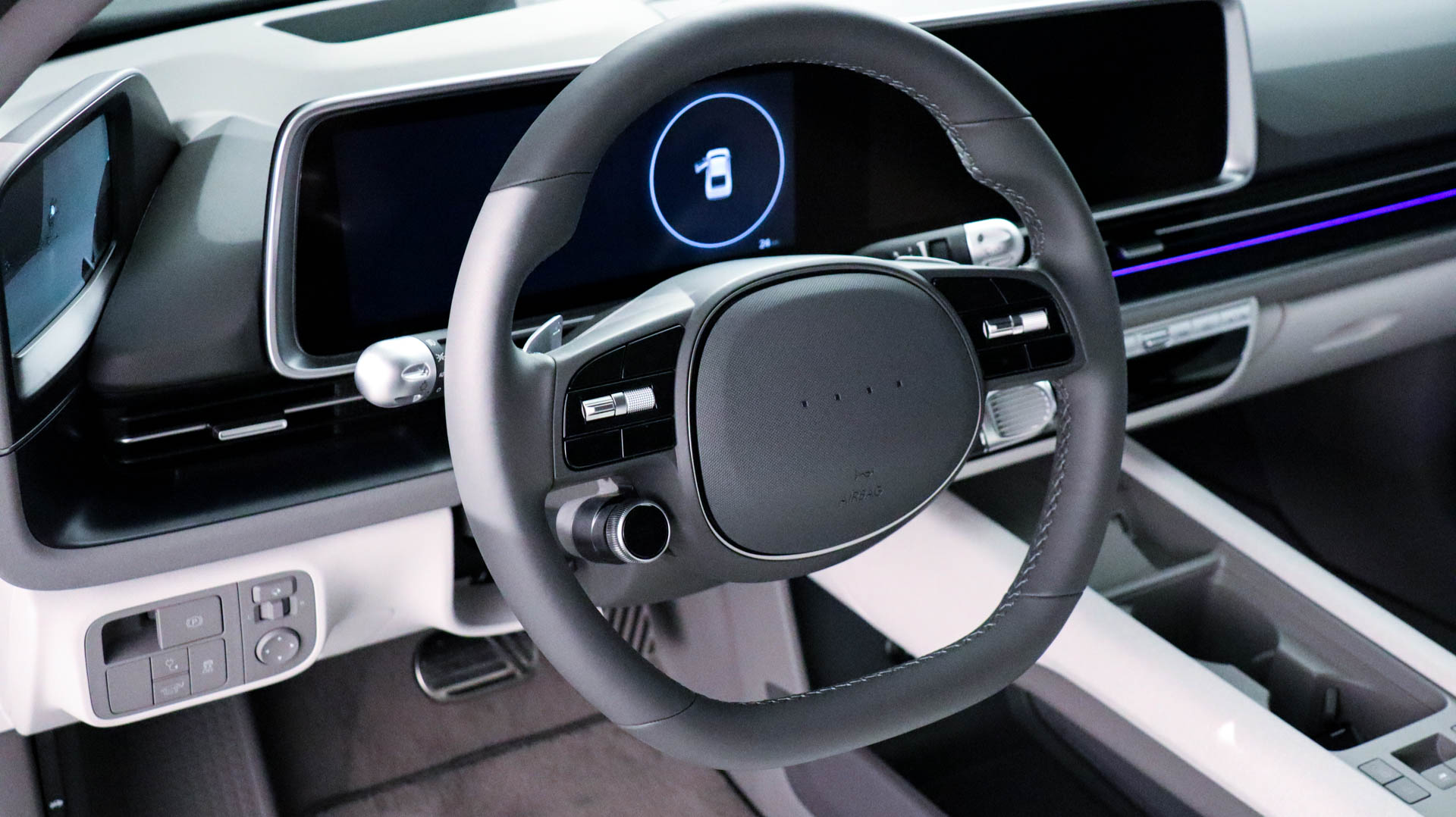
The steering wheel is solid and fairly conventional, except for the button that is used for selecting the drive modes. These include Sport, Normal, Eco and Snow, which reduces initial torque to avoid wheel spin in slippery conditions.
One of the first things you’ll notice about the interior of the IONIQ 6 is a single panel that incorporates two 12in screens. These provide a fully digital and customisable instrument cluster and an infotainment touchscreen. There's also a HUD on some versions (including the one we looked at) that is projected directly onto the windscreen.
Apple Car Play/Android Auto connectivity is included, while on the SatNav map, you can view a radius of how far you can travel based on the car’s battery level.
If you programme a route into the SatNav, it will even consider the battery level, planning a charging stop along the way if required.
The car's settings, such as the weight of the steering, power, and throttle response, are all adjustable through the infotainment system, enabling you to set the 6 up as you wish.
A synthetic engine note, described by Hyundai as ‘spaceship-like’, can also be turned on, with the sound changing based on the car’s speed.
Over-the-air software updates are provided, too, meaning you’ll always benefit from the latest tweaks and improvements to the car’s systems.
The interior ambient lighting can also be customised, with 64 shades to choose from. These include six dual-colour themes to encourage specific moods called ‘healing forest’, ‘wonderful day’, ‘concentration’, ‘mind care’, ‘meditation’ and ‘creative moment’.
If you’ve ever thought your car wasn’t philosophical enough, this is the vehicle for you.
Range and Charging
Like the IONIQ 5, the IONIQ 6 has two battery options: 53kWh and 77.4kWh.
While Hyundai hasn’t yet confirmed the range figure for the smaller one, the larger battery gives it an impressive range of 379 miles. This beats the Tesla Model 3 Long-Range.
Charging is as quick as the range is long, with the IONIQ 6 capable of being replenished at 350kW, meaning a 10-80 per cent charge can be performed in under 20 minutes.
It is worth mentioning that there are few chargers in the UK capable of these speeds yet, and they expensive, but the infrastructure is continuously improving.
In addition, the IONIQ 6 includes a vehicle-to-load function, meaning you can utilise the car's battery to power anything via an adapter with a standard 240V plug built in.
For example, if the electric cord of your lawnmower doesn’t reach into the house, you can plug it into the car instead.
In fact, if you’ve had an electricity outage at home, you could power your house from the IONIQ 6 to get you back online.
Running Costs
Electric cars don’t cost as much to maintain, too, so servicing costs should be lower.
And, despite massive increases in the cost of electricity, charging will still be much cheaper than refuelling a standard petrol or diesel motor.
Calculating from the WLTP range and battery size, the IONIQ 6 delivers a frugal 4.9 miles per kWh, which would equate to 5.9p per mile on a 29p per kWh supply (likely to be scarce when prices go up at the end of the summer).
The zero-emissions means (for now, at least) free road tax, too.
The IONIQ 6 will also likely be a popular choice for executives as a company car thanks to the savings in benefit-in-kind tax, long range and fast charging.
Hyundai has an excellent reputation for reliability, backing this up with a five-year, unlimited mileage warranty across its entire range. So, expect this to be offered with the IONIQ 6 as well. The battery is likely to have the typical eight-year, 100,000-mile warranty for 70% capacity.
Safety
While the IONIQ 6 hasn’t been tested by Euro NCAP yet, there are no concerns here.
Fifteen of the last 20 cars Hyundai has produced have scored five stars, including the IONIQ 5.
Additionally, the IONIQ 6 is equipped with the latest version of Hyundai SmartSense and advanced driver assistance systems.
These include Highway Driving Assist 2 and Smart Cruise Control, which keep the car centred in lane, maintaining a set distance from the vehicle ahead. Plus, the tech can change lanes for you, even learning and mimicking your driving style.
Blind-spot and forward collision avoidance assist is also built-in, while optional extras will enhance other safety assists, including junction crossings, lane changing and evasive steering.
Those side camera-based wing mirrors also reduce blind spots to the side.
Semi-autonomous driving features can adjust your speed to match the speed limit, while automatic high beam and driver attention warning are also available.
Remote smart parking is offered, too – along with a host of other safety features.
| Price: | TBC |
| Range (WLTP): | Up to 379 miles |
| Charge time (7.4kW): | Approx 12 hours |
| Charge time (100kW, 80%): | Approx 35 minutes |
| Charge time (350kW, 80%): | Under 20 minutes |
| Battery: | 53kWh or 77.4kWh |
| On Board Charger: | 11kW AC, 350kW DC |
| Cost per mile*: | 5.9p |
| 0-62mph: | 5.1 seconds |
| Top Speed: | TBC |
| Power: | Up to 321hp |
| Wheels driven: | Rear-wheel-drive or all-wheel-drive |
| Cargo: | TBC |
*based on electricity costs of 29p per kWh


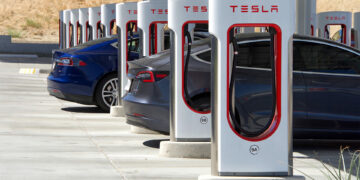

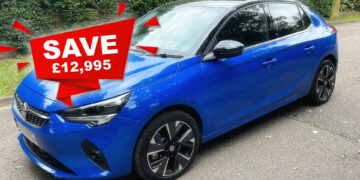

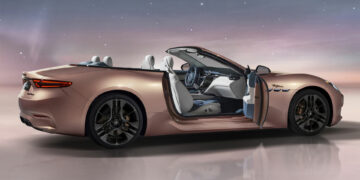


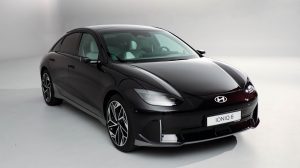



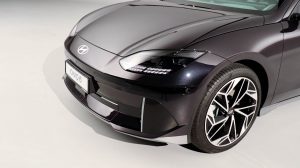
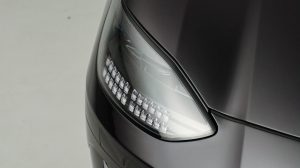
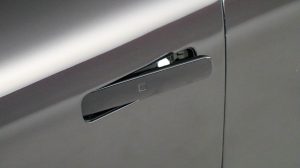

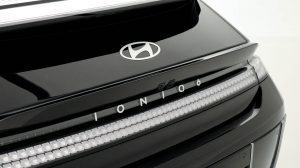


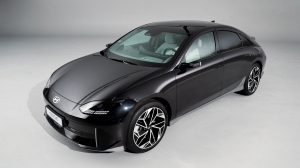
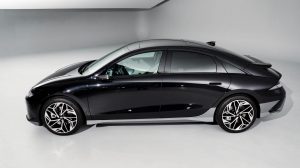
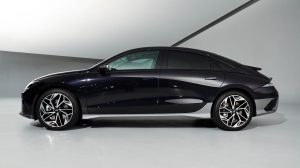
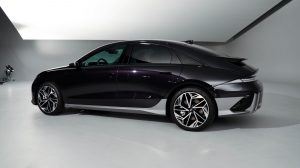
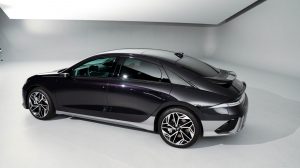
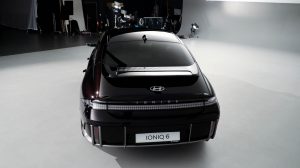
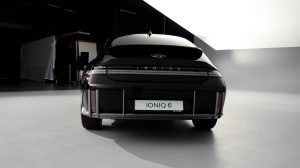
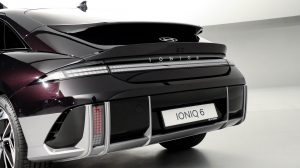

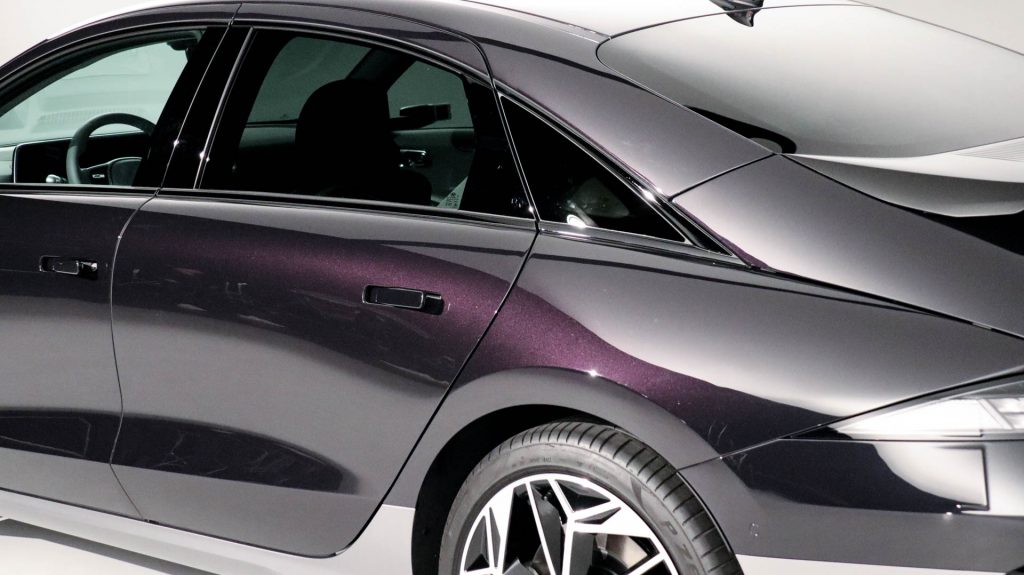
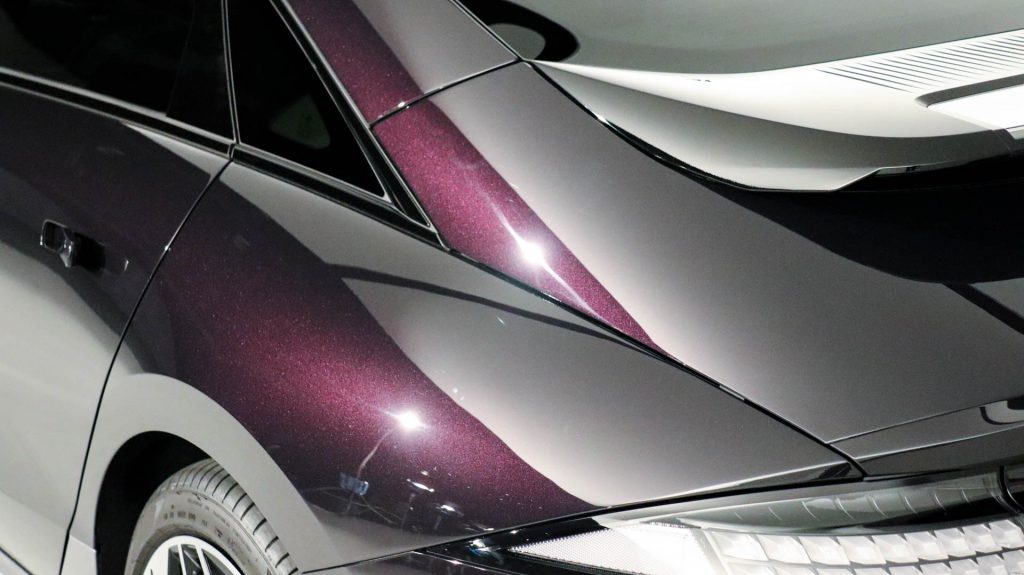
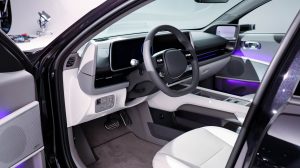




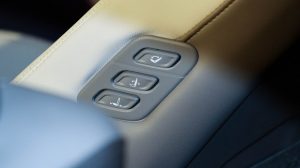
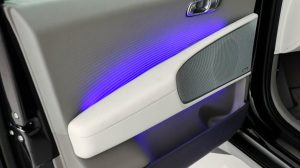
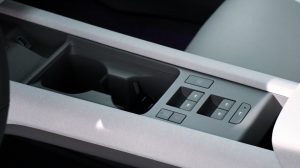
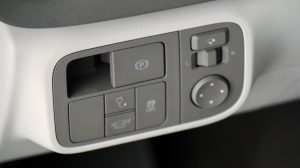
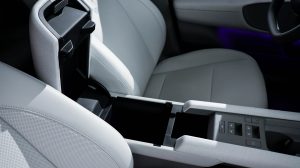
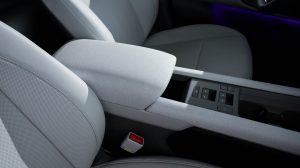
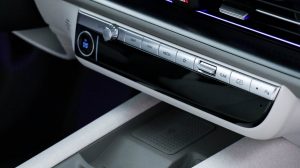
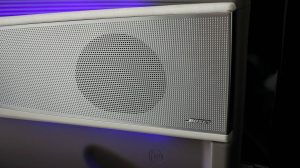

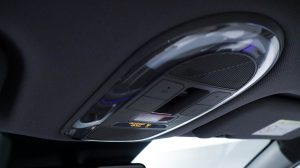
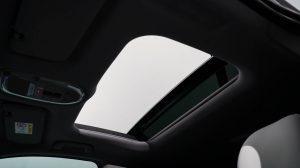
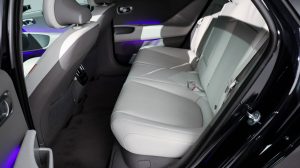

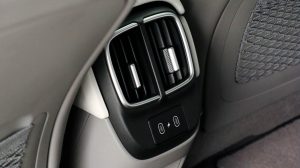

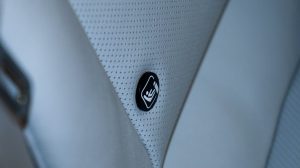
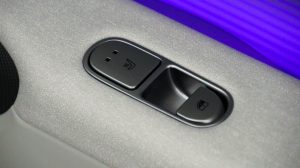
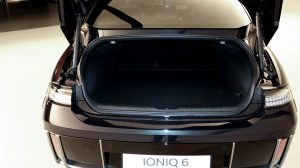
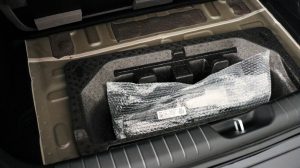
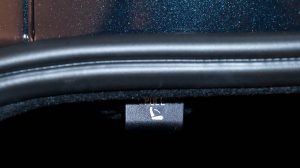
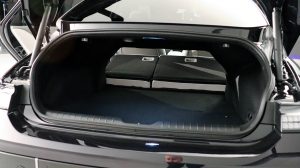


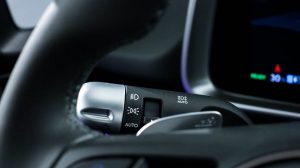
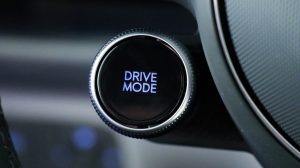

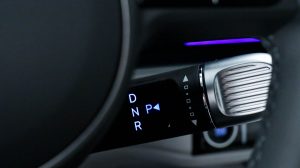




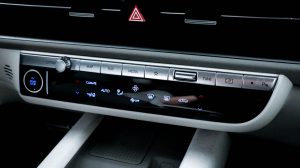
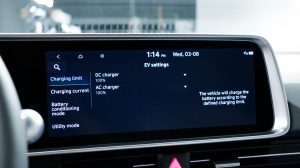

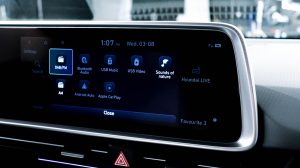

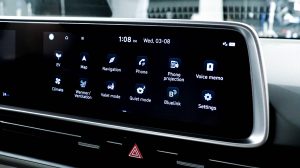


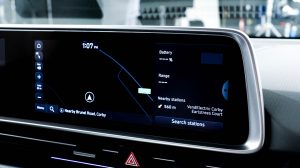

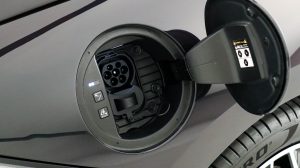


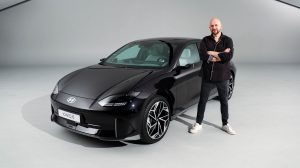
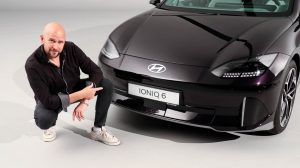

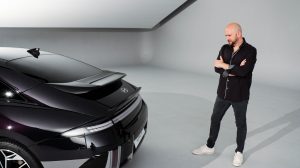
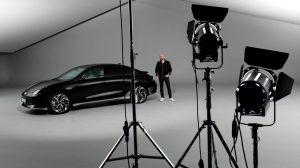














Discussion about this post